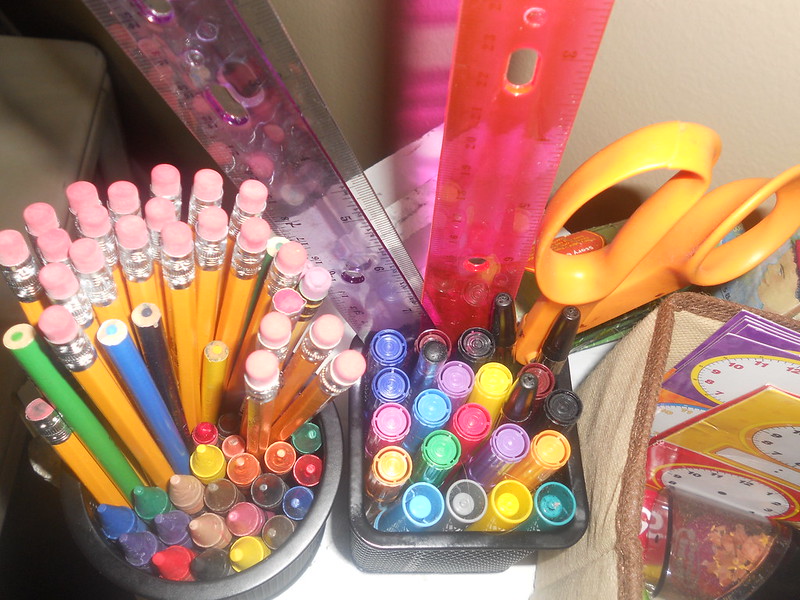Years ago when my kids were younger, I had a cluster meeting at my house and a few au pairs commented on the chore and behavior charts I had posted in my family room. With four kids, I sometimes found it difficult to keep track of who had done what and who had gained or lost various privileges. So, over the years, I have used charts to keep everything on track. I have also created charts for host families and au pairs dealing with behavior the children may be having.
I uploaded a few of these charts in case you may find them helpful.
Positive Behavior – Recognizing and rewarding positive behavior can often be a good way to reduce negative behavior. The goal behind lots of children’s actions is the same, attention seeking. Try to show them more positive attention when they do well and make less of a fuss over negative behaviors.
Explain how the chart will work and then look for times when you can call their attention to something they did that was kind or helpful. It is nice to have short term and longer term goals. For example, the thrill of putting a sticker on the chart can be exciting for toddlers and preschoolers and that along with your words of praise are instant gratification. Saying when you get 5 stickers you get a larger reward (trip to the park, extra story or video, special activity) is intended to make them want to keep up the positive behavior. Positive Behavior Chart

Tracking Privileges – For school aged children it can be helpful to tie how they are behaving to privileges they want to have. I used this chart with different colored push pins, so my children could see where they were on the ladder and I could remember who I had told they could do what. The ladder style chart is based on an idea of the Dilley Family (famous parents of sextuplets.) I figured if it worked for them with six kids, it might work for me- and it has for many years. You can make this chart your own by substituting the kinds of activities your kids enjoy. Ladder Chart
Chores – Having chores teaches children that they are an important part of the family and their efforts count. This teaches responsibility and promotes positive self-esteem. Chore Chart with Basic Chores
These are just a starting point, you can make your own charts and even involve the children in the process.
#1 Tip – Be Consistent!
All adults in the house need to be on the same page. It takes time to change behavior. Don’t expect instant results.

 Years ago when my kids were younger, I had a cluster meeting at my house and a few au pairs commented on the chore and behavior charts I had posted in my family room. With four kids, I sometimes found it difficult to keep track of who had done what and who had gained or lost various privileges. So, over the years, I have used charts to keep everything on track. I have also created charts for host families and au pairs dealing with behavior the children may be having.
Years ago when my kids were younger, I had a cluster meeting at my house and a few au pairs commented on the chore and behavior charts I had posted in my family room. With four kids, I sometimes found it difficult to keep track of who had done what and who had gained or lost various privileges. So, over the years, I have used charts to keep everything on track. I have also created charts for host families and au pairs dealing with behavior the children may be having. November 21, 2018 will be the 46th annual World Hello Day. Anyone can participate in World Hello Day simply by greeting ten people. This demonstrates the importance of personal communication for preserving peace.
November 21, 2018 will be the 46th annual World Hello Day. Anyone can participate in World Hello Day simply by greeting ten people. This demonstrates the importance of personal communication for preserving peace.